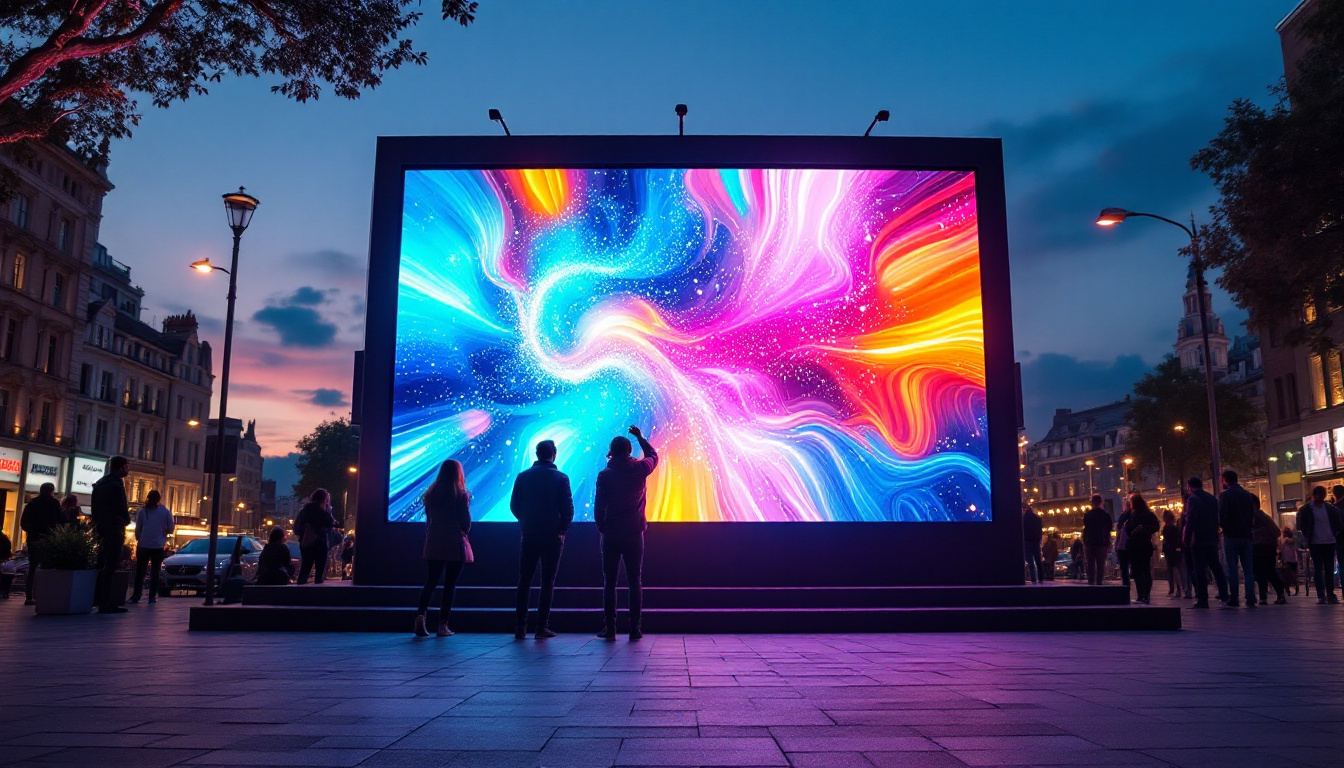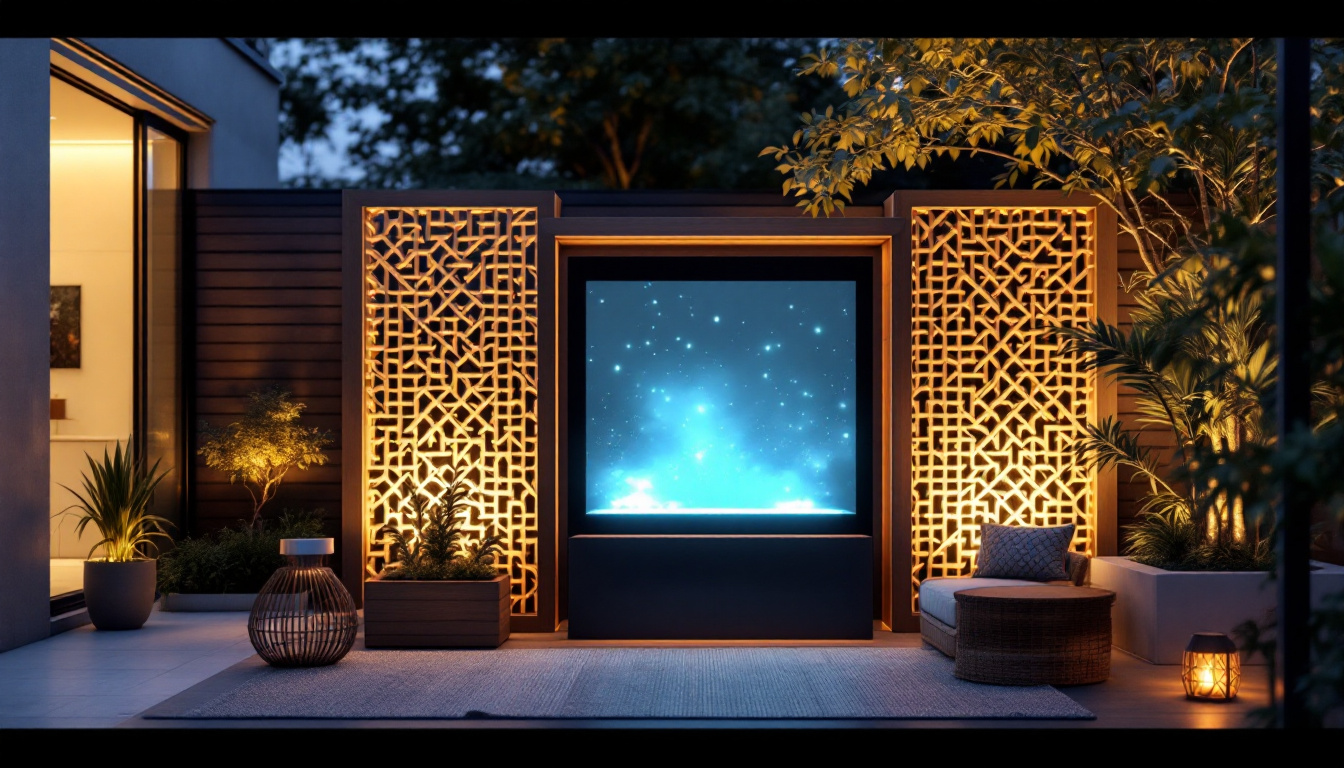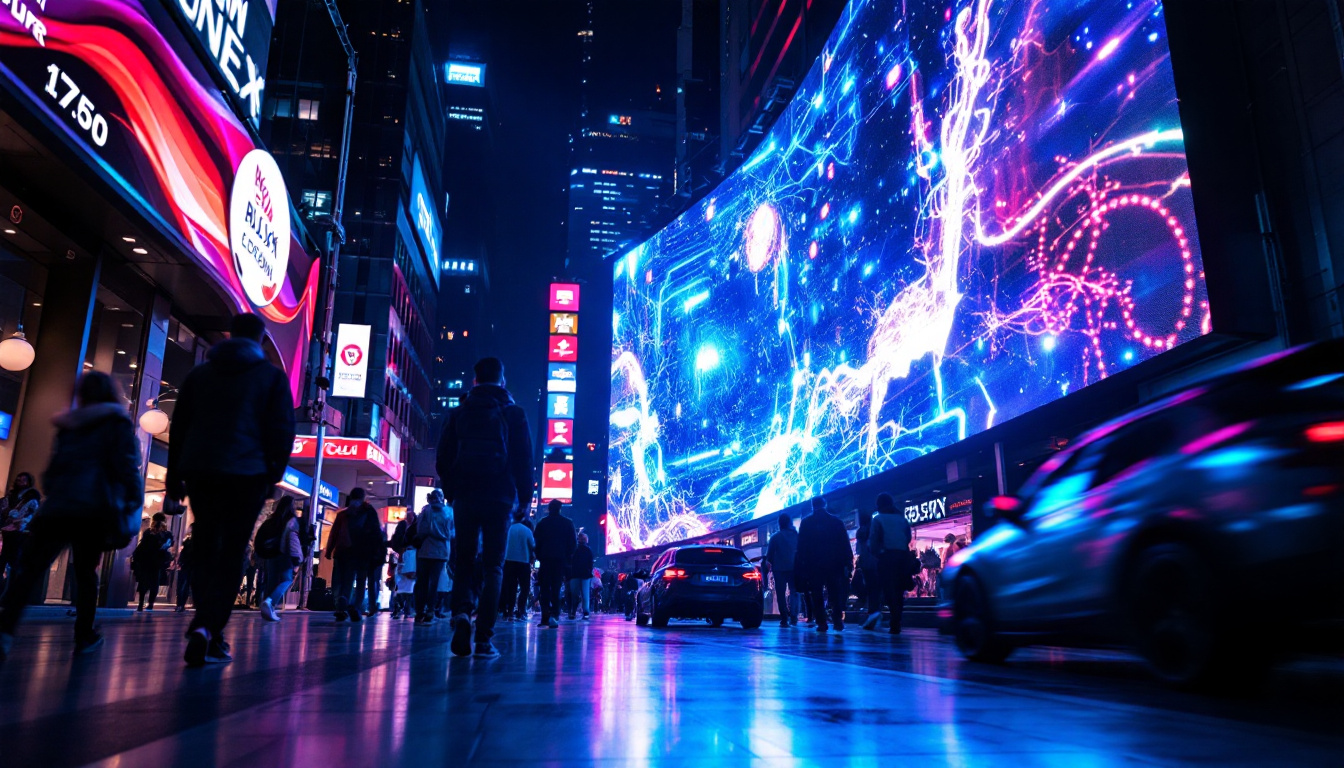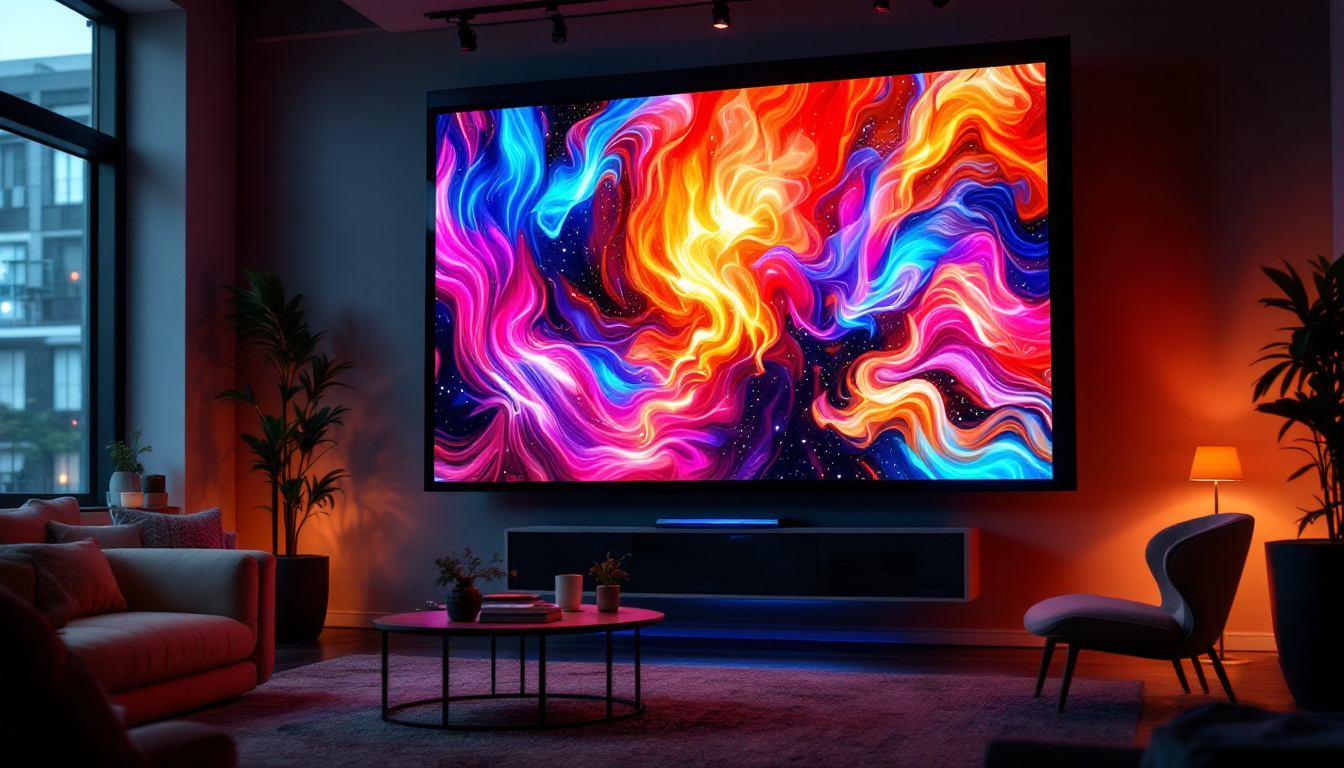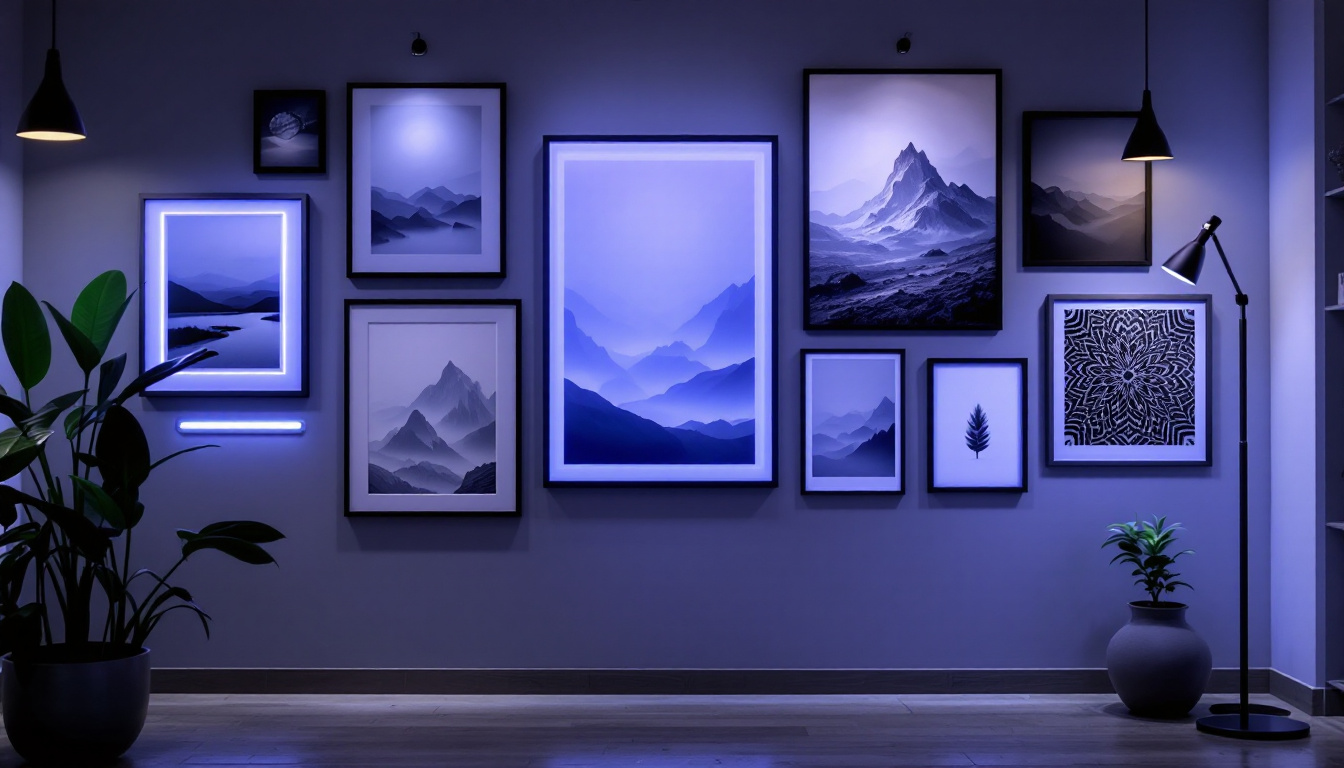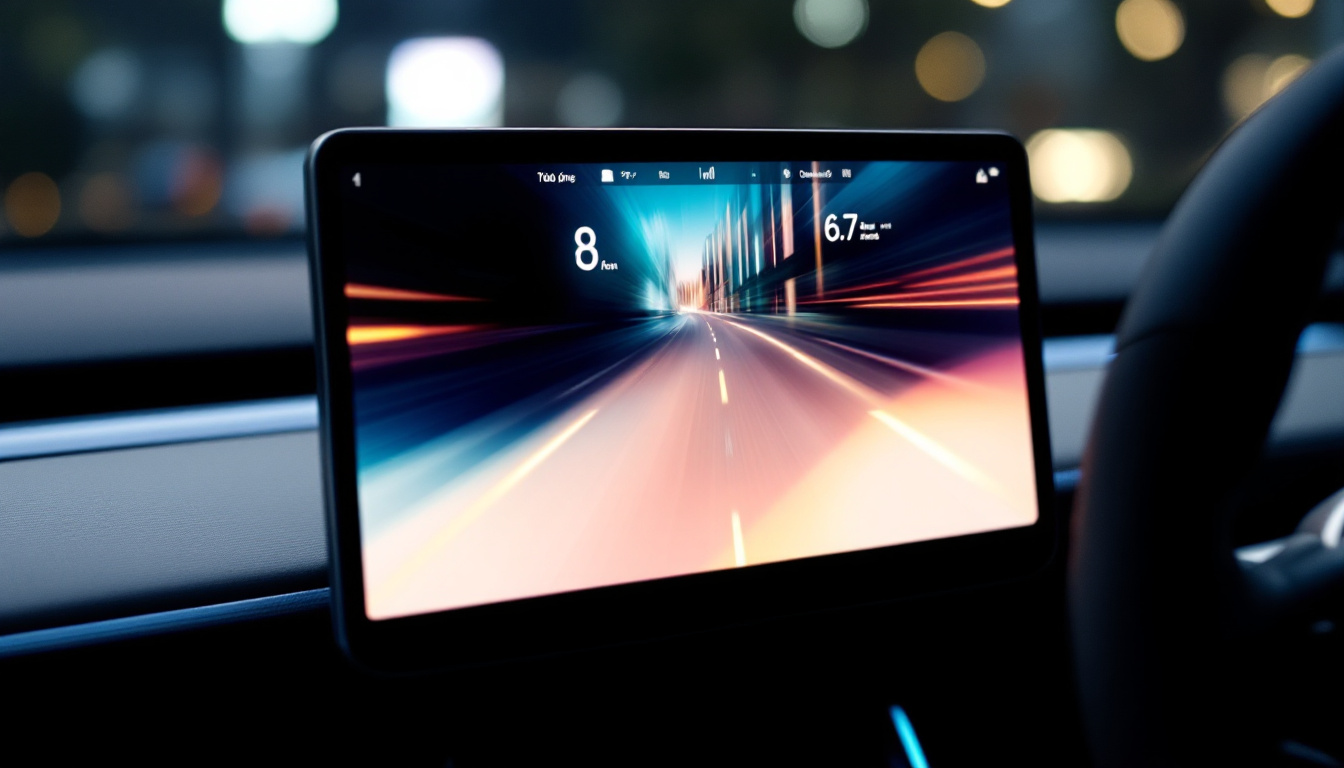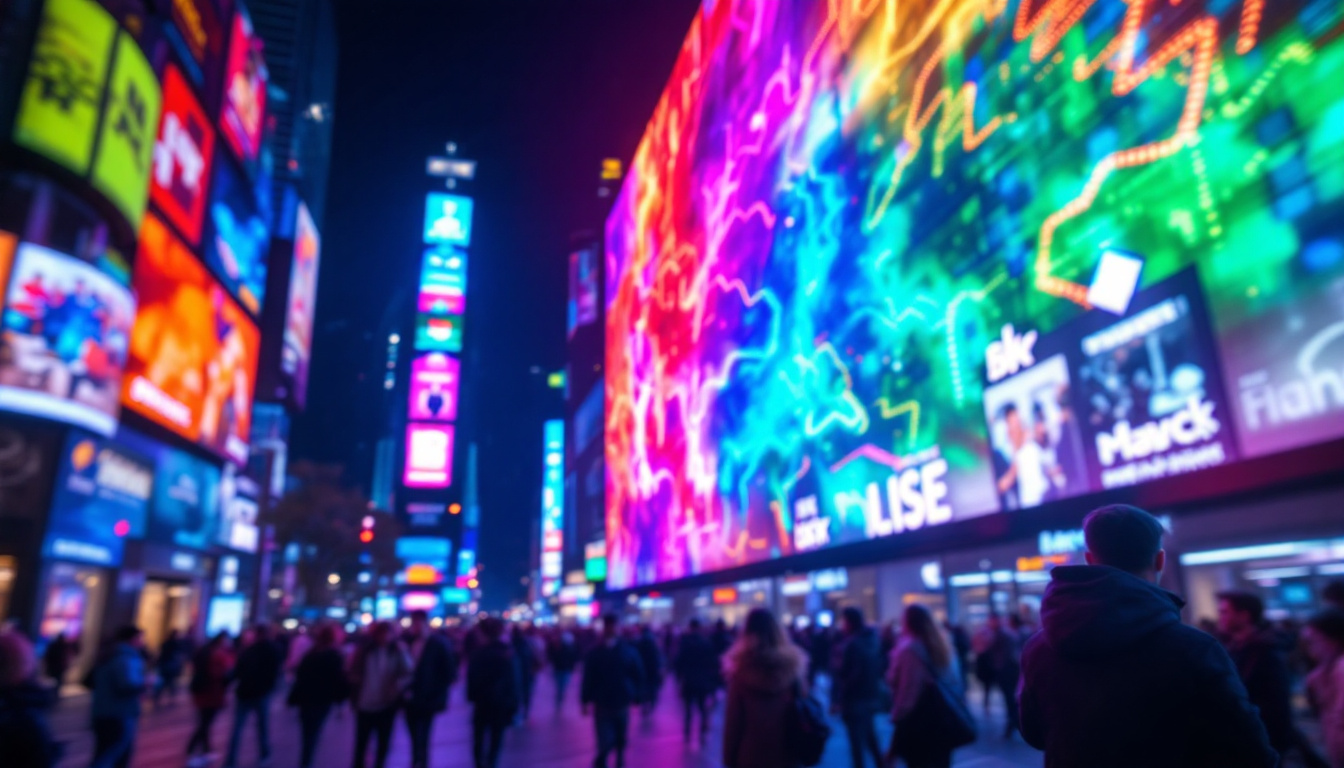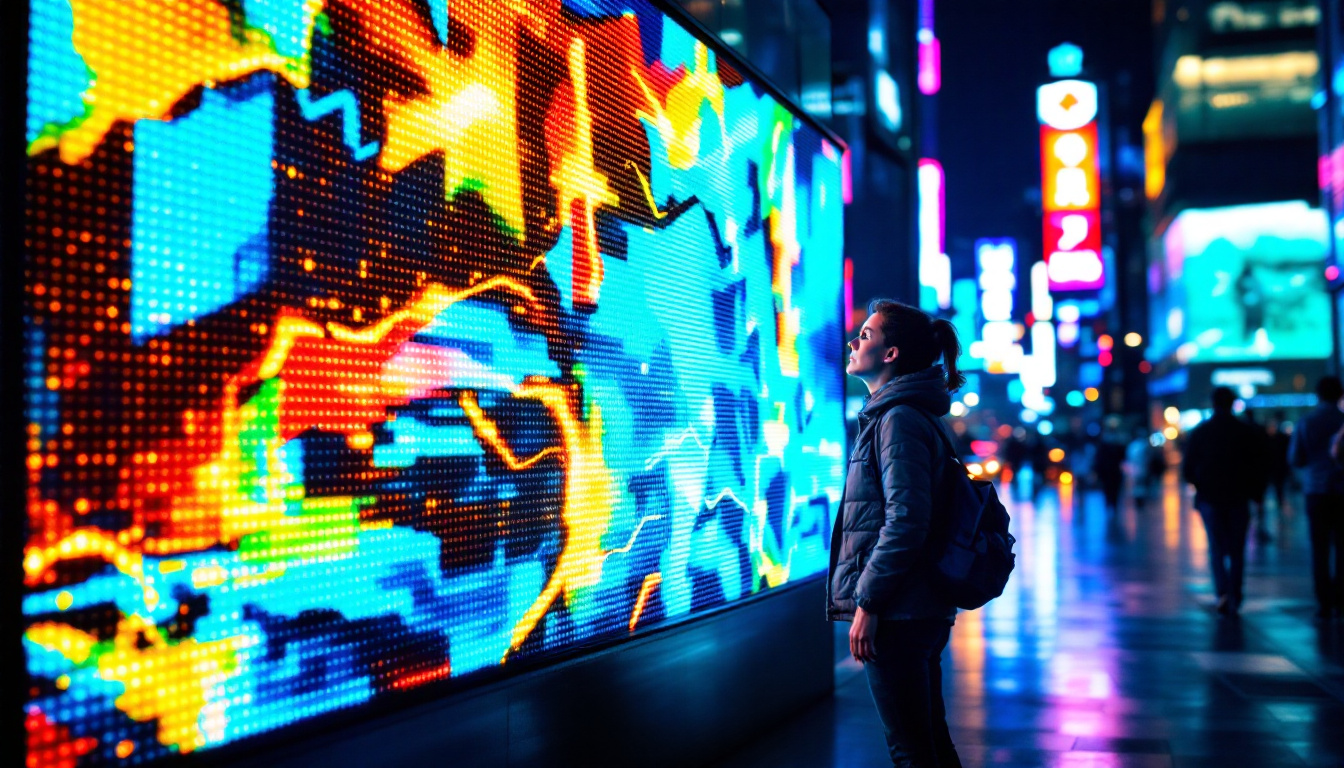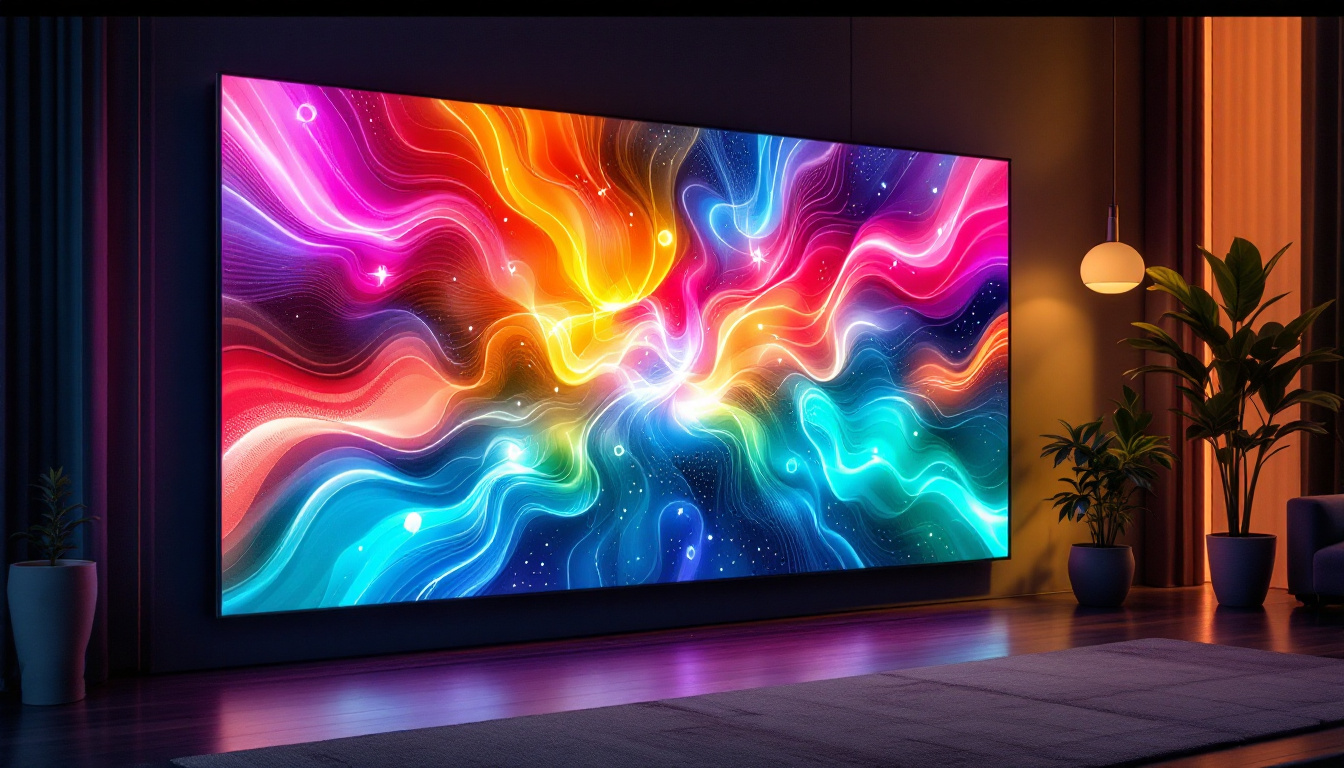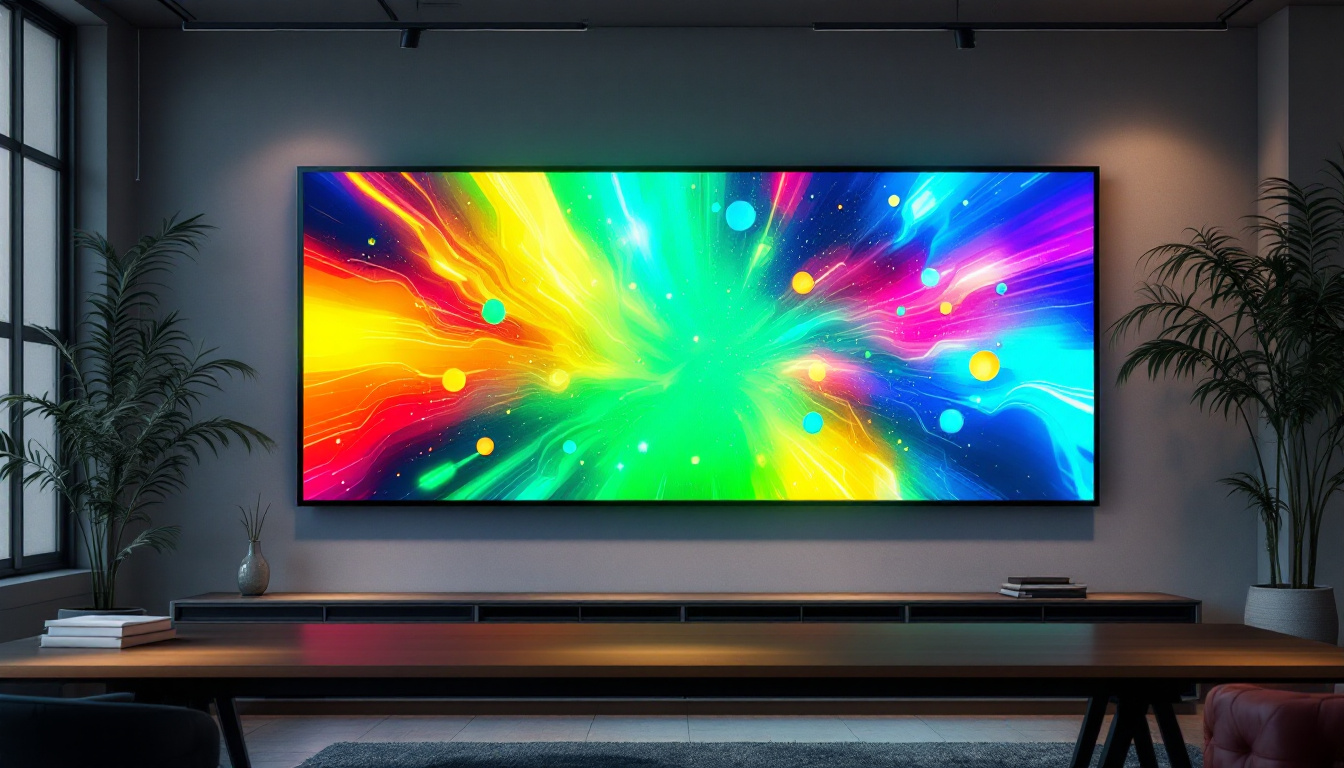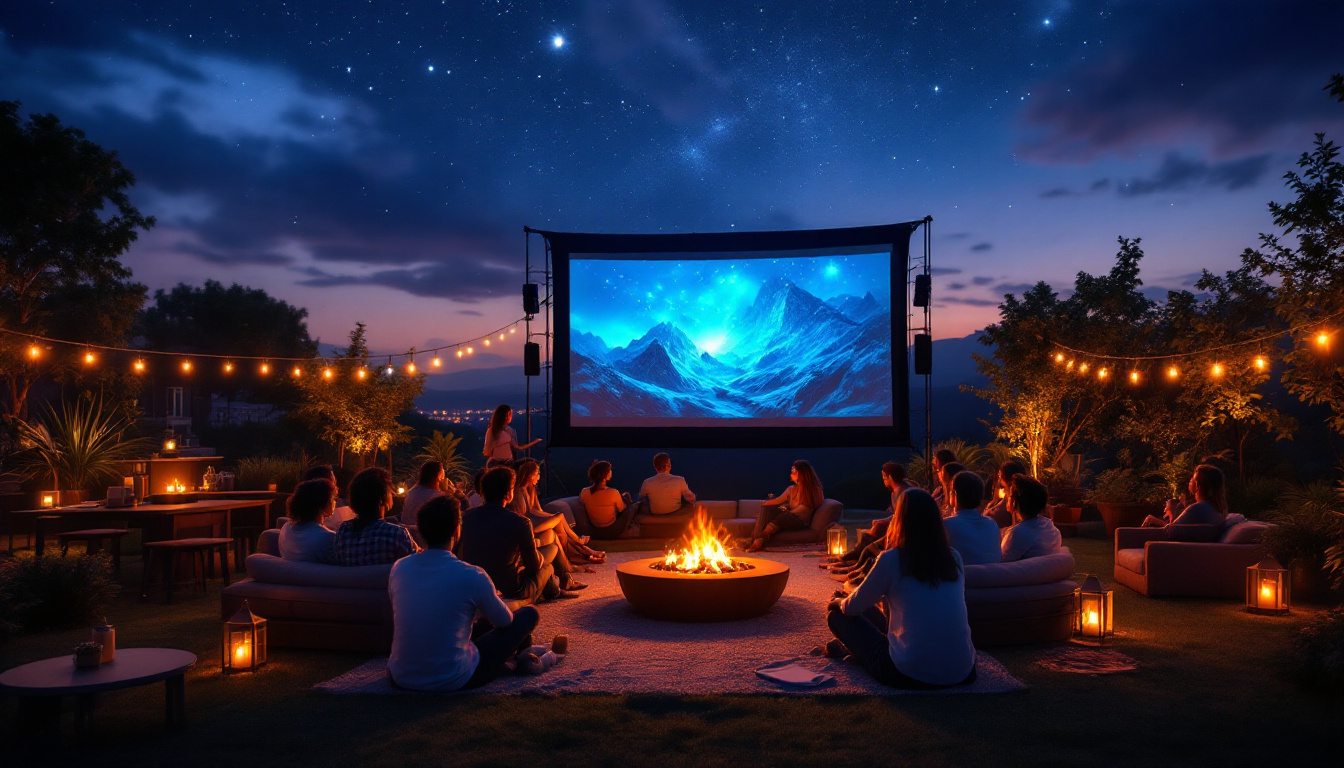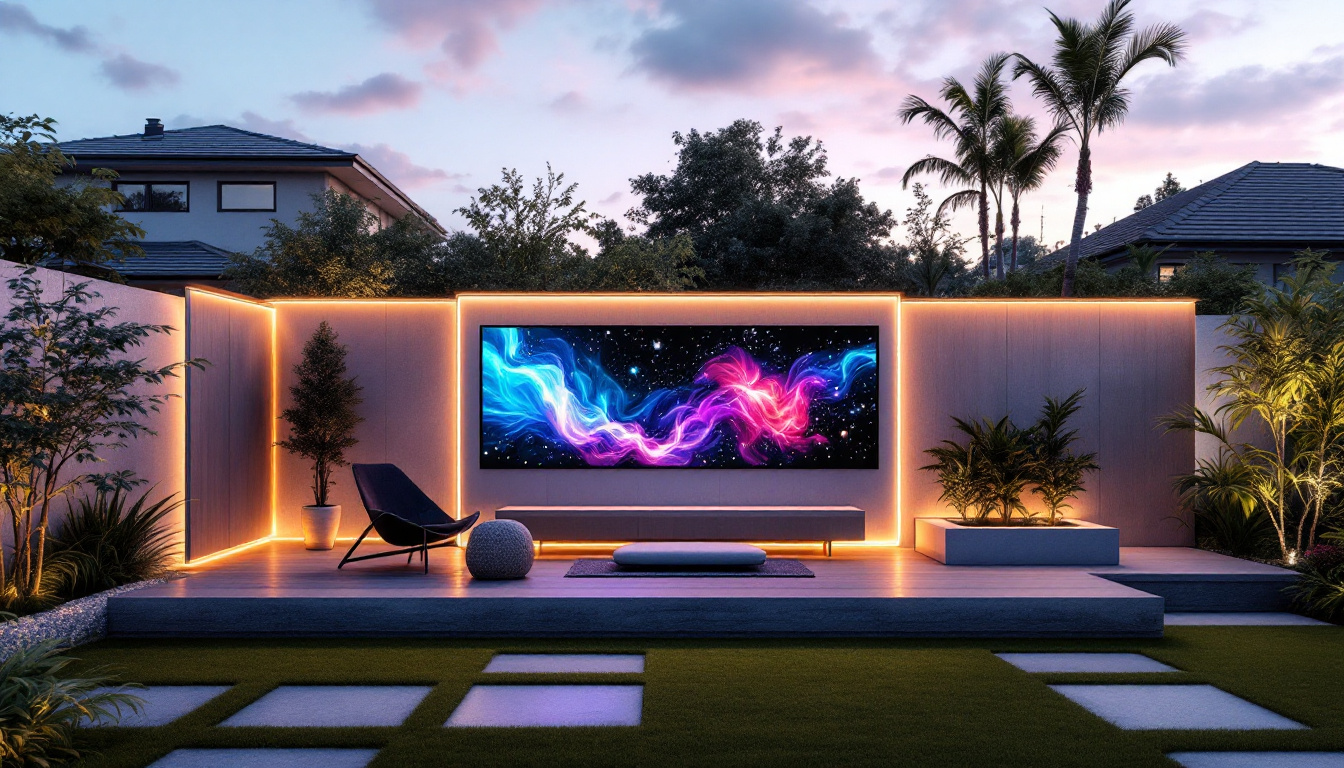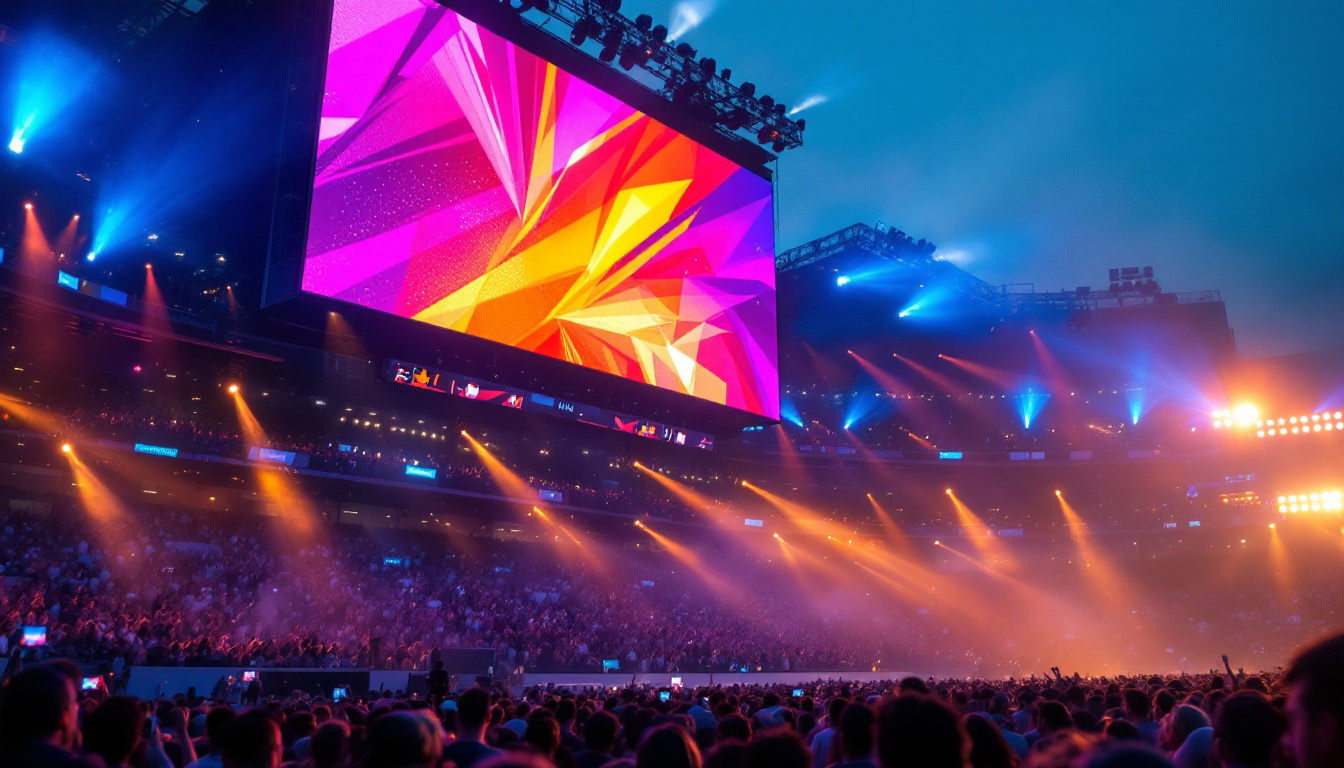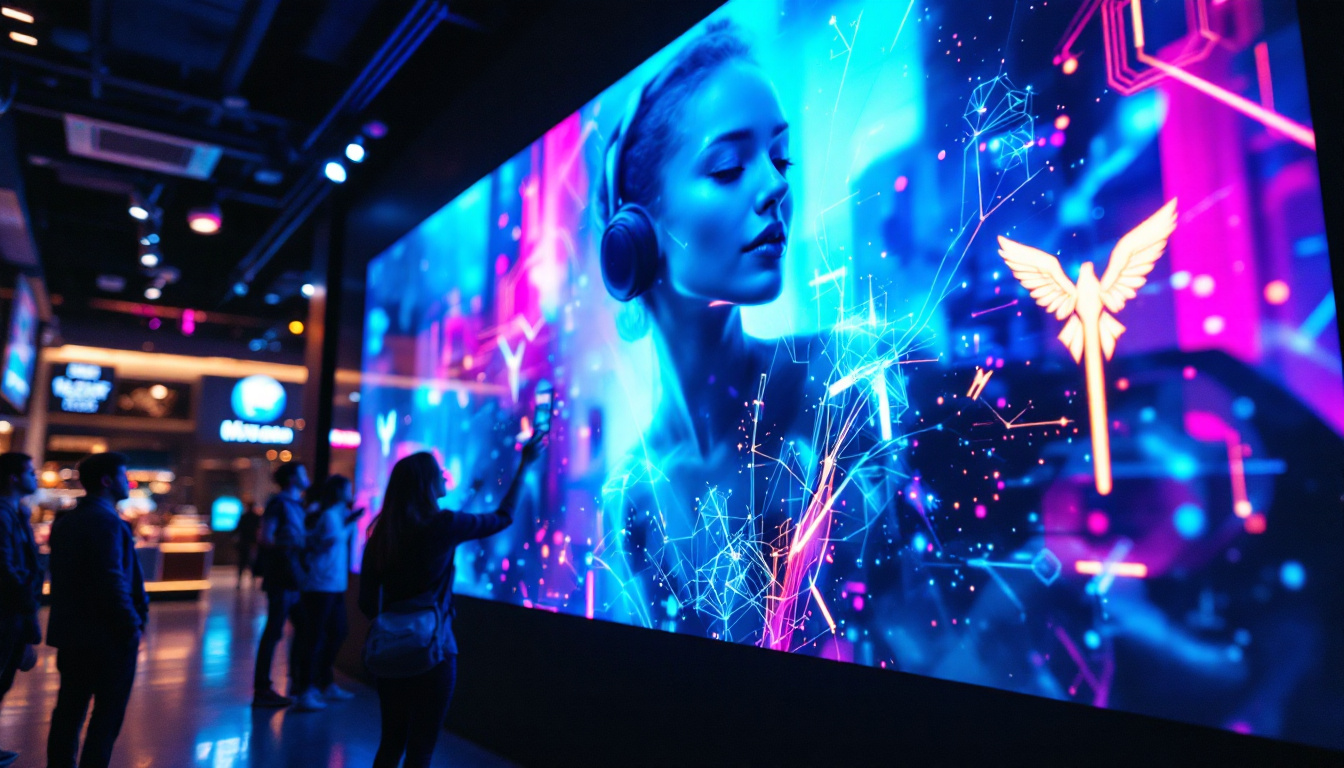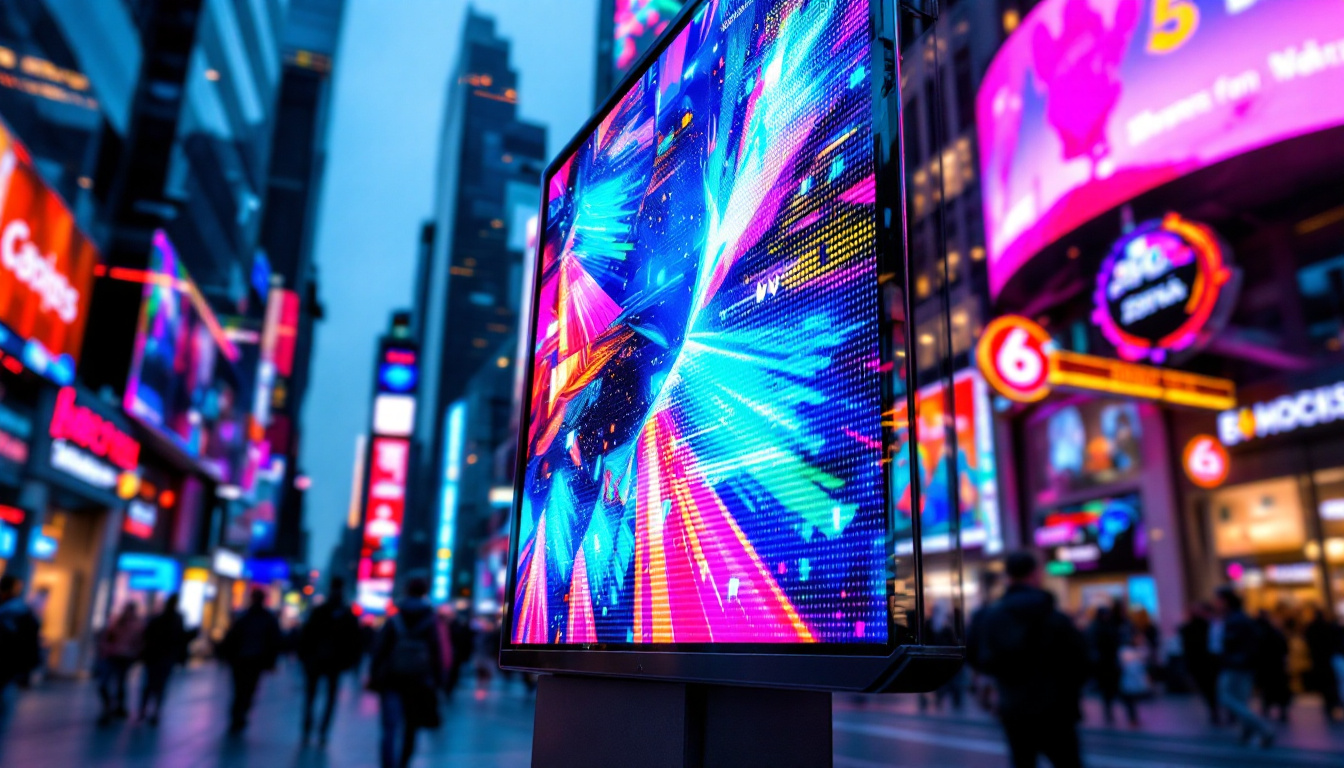In today’s fast-paced world, visual communication has become increasingly vital for businesses and organizations. One of the most effective ways to capture attention is through LED displays. This article delves into the intricacies of outdoor LED displays, exploring their technology, applications, and benefits.
Understanding LED Technology
Light Emitting Diodes (LEDs) are semiconductor devices that emit light when an electric current passes through them. This technology has revolutionized the way displays are constructed, particularly for outdoor use. Unlike traditional display technologies, LEDs offer several advantages that make them ideal for outdoor environments. Their durability and resistance to harsh weather conditions ensure that they can withstand rain, snow, and extreme temperatures, making them a reliable choice for businesses looking to capture attention in various climates. Furthermore, the lifespan of LEDs far exceeds that of conventional bulbs, often lasting up to 100,000 hours, which significantly reduces maintenance costs for outdoor installations.
How LEDs Work
LEDs function through a process called electroluminescence. When a voltage is applied to the semiconductor material, electrons recombine with holes, releasing energy in the form of photons, which we perceive as light. This process is highly efficient, allowing for bright displays with lower energy consumption compared to incandescent or fluorescent lights. The efficiency of LEDs also contributes to their lower heat output, which not only enhances safety but also minimizes the need for additional cooling systems in large installations. As a result, LEDs are not only an environmentally friendly option due to their reduced energy usage, but they also contribute to lower operational costs for businesses.
Types of LED Displays
Outdoor LED displays come in various types, each suited for different applications. The most common types include:
- Static LED Displays: These displays show fixed images or messages and are often used for billboards and signage.
- Dynamic LED Displays: Capable of displaying moving images or videos, these are popular for advertising and entertainment.
- Transparent LED Displays: These innovative displays allow visibility through the screen, making them ideal for storefronts and windows.
In addition to these common types, there are also specialized LED displays designed for specific environments and purposes. For instance, curved LED displays are increasingly being used in architectural applications, allowing for unique installations that can fit into various shapes and designs. Moreover, high-resolution LED displays are becoming more prevalent, particularly in sports arenas and concert venues, where clarity and detail are essential for enhancing the audience’s experience. These advancements in LED technology not only expand the possibilities for creative advertising but also improve the overall aesthetic appeal of public spaces.
Applications of Outdoor LED Displays
The versatility of outdoor LED displays enables their use in a wide range of applications. From advertising to public information, these displays serve various purposes across different industries.
Advertising and Marketing
One of the most prominent uses of outdoor LED displays is in advertising. Businesses leverage these displays to promote their products and services in high-traffic areas. The vibrant colors and dynamic content can attract potential customers, making them an effective marketing tool. For example, retail stores often use LED displays to showcase seasonal promotions or flash sales, capturing the attention of passersby and driving foot traffic into their stores. Additionally, with the ability to change content quickly, businesses can adapt their advertising strategies in real-time, responding to trends and customer preferences almost instantaneously.
Public Information Systems
Outdoor LED displays are also utilized for public information systems, such as traffic updates, weather alerts, and event announcements. These displays provide real-time information to the public, enhancing communication and ensuring safety. In urban areas, LED displays can relay crucial information about road conditions, accidents, or construction delays, helping commuters make informed decisions about their routes. Furthermore, during emergencies, these displays can serve as vital communication tools, broadcasting urgent messages and instructions to keep the public informed and safe.
Entertainment Venues
In entertainment venues, outdoor LED displays are used to enhance the audience experience. From concerts to sports events, large screens display live feeds, advertisements, and promotional content, creating an immersive atmosphere. These displays not only serve to entertain but also to engage the audience by providing interactive elements, such as social media feeds or fan polls. For instance, at sporting events, LED screens often showcase replays and highlights, allowing fans to relive the action in real-time. Additionally, they can be used to promote upcoming events, ensuring that attendees are aware of future shows and performances, thus fostering a sense of community and excitement around the venue.
Benefits of Outdoor LED Displays
Investing in outdoor LED displays offers numerous advantages that can significantly impact a business’s visibility and communication strategy. Here are some key benefits:
High Visibility and Brightness
Outdoor LED displays are designed to be highly visible, even in direct sunlight. Their brightness ensures that content remains clear and legible, allowing businesses to reach their audience effectively at any time of day.
Energy Efficiency
LED technology is known for its energy efficiency. Outdoor LED displays consume significantly less power than traditional lighting solutions, leading to reduced operational costs. This energy efficiency not only benefits businesses financially but also contributes to environmental sustainability.
Durability and Longevity
Outdoor LED displays are built to withstand harsh weather conditions, including rain, snow, and extreme temperatures. Their robust construction ensures longevity, reducing the need for frequent replacements and maintenance.
Installation Considerations
Installing an outdoor LED display requires careful planning and consideration. Factors such as location, size, and mounting options play a crucial role in the effectiveness of the display.
Location and Visibility
Choosing the right location for an outdoor LED display is essential. High-traffic areas, such as busy streets or shopping centers, offer maximum visibility. Additionally, the display should be positioned at a height and angle that optimizes viewing for pedestrians and drivers alike.
Size and Resolution
The size of the display should correspond to the viewing distance. Larger displays are suitable for areas where viewers are far away, while smaller displays work well in close proximity. Resolution is another critical factor; higher resolution displays provide clearer images, which is particularly important for detailed graphics and small text.
Mounting Options
Outdoor LED displays can be mounted in various ways, including wall-mounted, freestanding, or integrated into existing structures. The choice of mounting option will depend on the display’s size, location, and the intended viewing angle.
Content Management for LED Displays
Effective content management is crucial for maximizing the impact of outdoor LED displays. The content should be engaging, relevant, and updated regularly to maintain viewer interest.
Content Creation
Creating compelling content for outdoor LED displays involves understanding the target audience. Businesses should focus on clear messaging, eye-catching visuals, and a call to action. Utilizing animations and videos can enhance engagement, but it is essential to ensure that the content is not overly distracting for viewers.
Content Scheduling
Content scheduling software allows businesses to manage what is displayed and when. This flexibility enables organizations to tailor their messages based on time of day, audience demographics, or special events, ensuring that the content remains relevant and timely.
Monitoring and Analytics
Monitoring the performance of outdoor LED displays is vital for assessing their effectiveness. Analytics tools can provide insights into viewer engagement, allowing businesses to refine their content strategies and maximize return on investment.
Regulations and Compliance
Before installing an outdoor LED display, it is essential to understand local regulations and compliance requirements. Different regions may have specific guidelines regarding display brightness, content restrictions, and installation permits.
Local Zoning Laws
Local zoning laws dictate where outdoor displays can be installed. These regulations may vary significantly between urban and rural areas, as well as between different municipalities. It is crucial to consult with local authorities to ensure compliance and avoid potential fines.
Advertising Standards
In addition to zoning laws, businesses must adhere to advertising standards that govern the content displayed on LED screens. This may include restrictions on certain types of advertisements, such as alcohol or tobacco, as well as guidelines for decency and public safety.
Future Trends in Outdoor LED Displays
The outdoor LED display industry is continually evolving, with advancements in technology paving the way for innovative applications. Understanding these trends can help businesses stay ahead of the competition.
Smart LED Displays
Smart LED displays equipped with sensors and connectivity features are becoming increasingly popular. These displays can interact with audiences in real-time, providing personalized content based on viewer demographics or environmental conditions.
Integration with Augmented Reality
As augmented reality (AR) technology advances, outdoor LED displays are likely to incorporate AR elements. This integration can create immersive experiences that engage viewers in unique ways, blurring the lines between digital and physical environments.
Eco-Friendly Solutions
With a growing emphasis on sustainability, the demand for eco-friendly outdoor LED displays is on the rise. Manufacturers are exploring ways to produce displays using recyclable materials and energy-efficient technologies, reducing their environmental impact.
Conclusion
Outdoor LED displays are an invaluable tool for modern communication, offering businesses a dynamic way to engage with their audience. With their high visibility, energy efficiency, and versatility, these displays are transforming advertising, public information, and entertainment. As technology continues to advance, the potential applications and benefits of outdoor LED displays will only expand, making them an essential component of any effective marketing strategy.
Understanding the intricacies of LED technology, installation considerations, content management, and compliance will empower businesses to make informed decisions when investing in outdoor LED displays. By embracing this innovative technology, organizations can enhance their visibility, improve communication, and ultimately drive success in an increasingly competitive landscape.
Discover LumenMatrix’s Innovative LED Display Solutions
Ready to elevate your visual communication strategy with cutting-edge LED technology? Explore LumenMatrix’s comprehensive range of LED display solutions, from vibrant outdoor displays to immersive indoor experiences. Whether you need a custom LED display to fit a unique space or a high-impact outdoor screen to captivate passersby, LumenMatrix has the expertise to bring your vision to life. Check out LumenMatrix LED Display Solutions today and transform your brand’s visibility and audience engagement.

